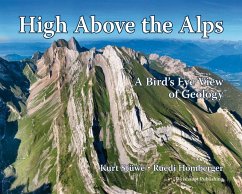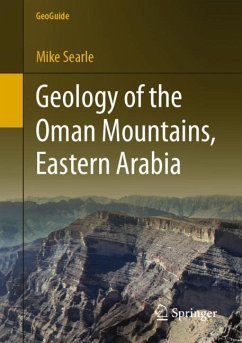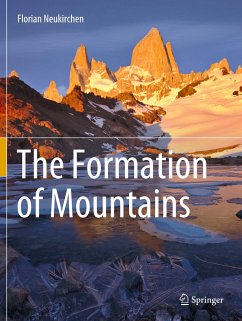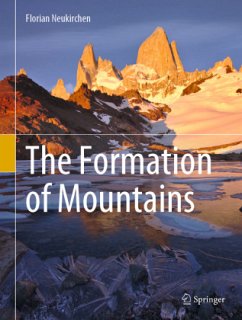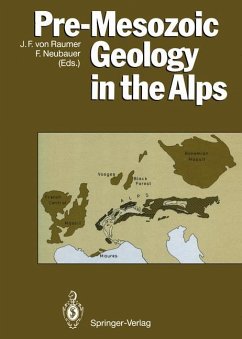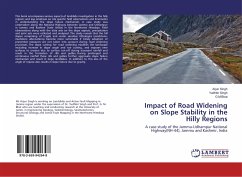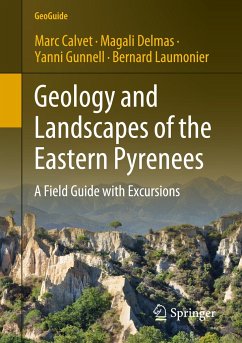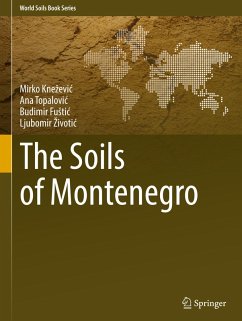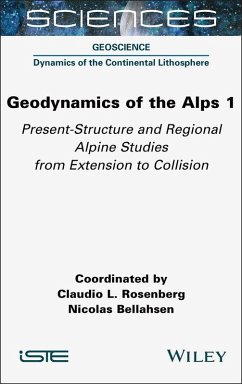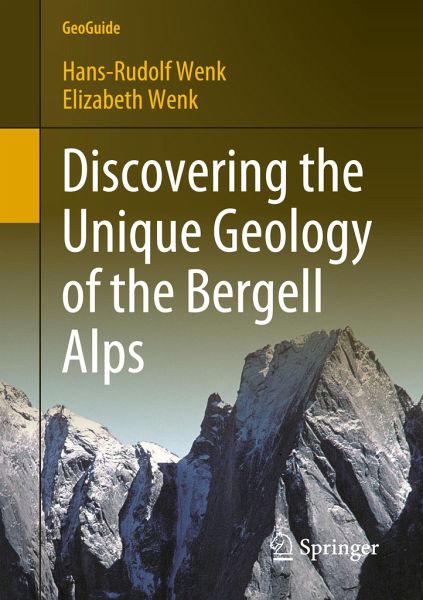
Discovering the Unique Geology of the Bergell Alps

PAYBACK Punkte
42 °P sammeln!
This book aims to introduce scientists and educated laymen to the fascinating geology of the Bergell Alps, first with some background information on geology, tectonics, minerals and rocks and then to lead readers on excursions to observe geological features in the field. We believe the best way to make readers familiar with local geology is to lead them to intriguing outcrops. Such books are common in North America, but missing in Europe, particularly for the Alps. With this work, we use hands-on experience at a series of sites to educate readers how individual outcrops, moraines, landslides o...
This book aims to introduce scientists and educated laymen to the fascinating geology of the Bergell Alps, first with some background information on geology, tectonics, minerals and rocks and then to lead readers on excursions to observe geological features in the field. We believe the best way to make readers familiar with local geology is to lead them to intriguing outcrops. Such books are common in North America, but missing in Europe, particularly for the Alps. With this work, we use hands-on experience at a series of sites to educate readers how individual outcrops, moraines, landslides or other features contribute to our broader understanding of the region's unique geology.



